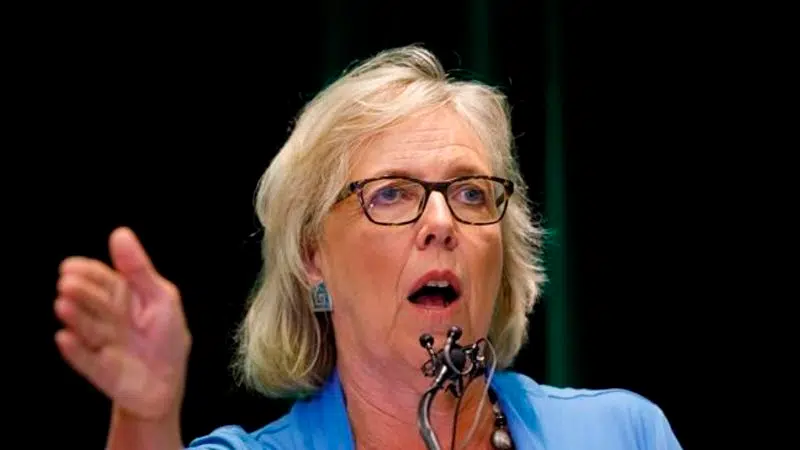
NDP and Greens battle to be the alternative for voters looking for a change
OTTAWA — When 14 former NDP candidates and officials in New Brunswick defected to the Greens on Tuesday, they acted out a switch the Green party hopes more left-leaning voters will make in the upcoming election campaign.
At stake, according to some observers, is the mantle of the left-of-centre, environmentalist alternative to the Liberals, and potentially the balance of power after the October vote.
The competition has been exacerbated by a slide for the NDP in the polls from a peak near the high teens for much of 2017 and 2018, to around 13 per cent today, recent polls suggest. Green support, meanwhile, surged from around 6 per cent at the beginning of the year to about 11 per cent in recent weeks — with strong regional support in Atlantic Canada, B.C. and Quebec.
The NDP had fewer than 200 candidates nominated across the country as of Tuesday. In New Brunswick on the day all those former loyalists walked, the number was zero. The Greens are nearing the 300-mark for candidates nationwide.


